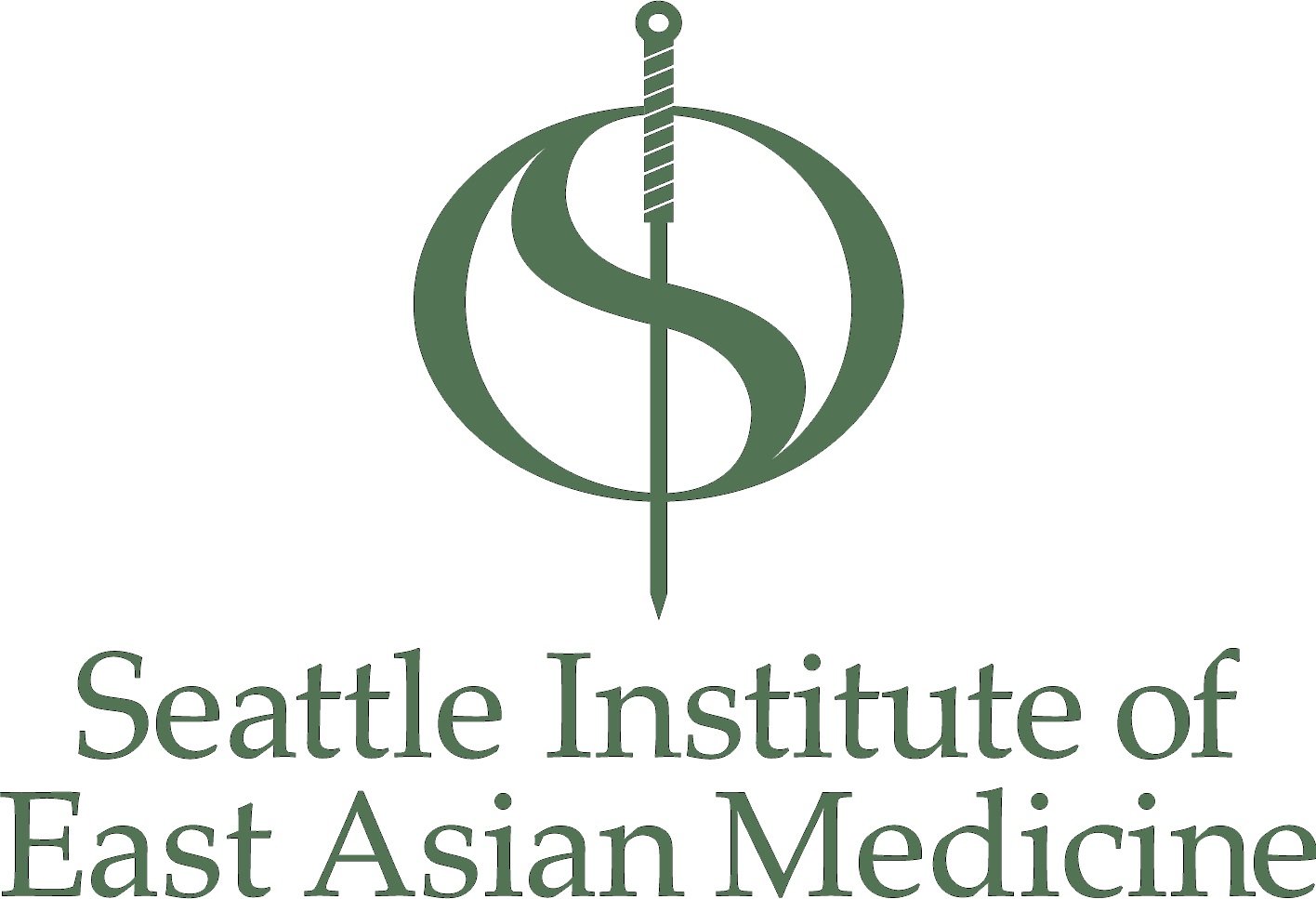Huang Huang Classic Formula Case Studies – Introduction (abstract)
In the Spring of 2015, 2nd year student Pei-Hwa Lin translated the following Introduction
方Fang means formulas, formulas must correspond to the patterns, it is fundamental to take/prescribe formulas this way.
証Zheng means symptom patterns, the classical meaning of this character is earnest advice in line with the fact which stands the test of evidence. Here, it refers to clinical evidence.
Fang zheng, “formula patterns”, rely on the various manifestations of individuals. i.e. they are projections of diseases. The key composing elements of Fang zheng include the individual/patients and diseases. The differentiations of formula patterns and how to formulate the formulas are fundamental techniques in Chinese medicine.
Traditionally, the corresponding formulas and patterns are based on the discussion of original ZZJ classic text (refers to SHL). The patterns in corresponding formulas are evidence in clinical manifestations that cover symptoms, body shape, constitution, pathogenesis of disease, etiology of disease, progression of disease, treatment process, treatment responses, and family medical history of hidden patterns.
Within Traditional Chinese medicine there is emphasis viewing the pathogenesis applying to the actual clinical manifestations.
The close relationship between Constitutions and prescribing formulas: the diagnosis and treatment model of formula-individual-disease
In the progression of a developing disease, the nature of zheng and xie (rightness and evil two primary factors is still tied to patient’s constitution. The constitution decides the right qi is either strong or weak, either deficient or excess. It also decides the tendency of evil qi. The basic constitution is the root and essential factor to cause disorders. The “formula pattern” in Classic formulas and the characters of “patterns” in traditional Chinese medicine are diseases manifested in different constitutions at different stages. Therefore, the internal connection between patient’s constitution, the diseases and the corresponding formulas are closely tied together.
藥人, it means the constitution as related to herb. Given the herb or group of formulas that match the constitutional type would have faster and effective results, also relatively safe.
方人, it means the constitution as related to formula The related formulas for the constitution are effective and is appropriate to take for a longer period of time. Constitution as related to formula is an union of constitution and disease. It is widely used in clinical applications to decide and choose what formulas and herbs according to the nature of each constitution.
(ex. herb: chai hu type, formula: da chai hu tang type)
For example, “thirst swelling knee pain syndrome”
Fang ji huang qi tang (FJHQT) constitution is often seen in senior female patients, the body type is fat and skin is pale, lower part of body is particularly loose and large, they often have swelling, they can sweat easily and easily feel tired, they are more prone to osteoproliferation and have pain in the lower back and knee joints so they walk so slow just like ducks. Dr. Huang calls this kind of constitutional status as “swelling, sweat easily, and forceless knee pain syndrome.” In clinic, there is another type of FJHQT patients, besides presentations of “swelling easy sweat forceless knee pain syndrome,” they also have obvious thirst and stools are often watery. They often suffer from fat metabolism dysfunction, Dr. Huang gives this a colloquial name called “thirst swelling knee pain syndrome,” it is treated with FJHQT combined with Wu ling san. The results are usually excellent.
Dr. Huang looks at the patterns of classic text, face, abdomen, leg, history of disease and personality.
Dr. Huang integrates his observations of patient’s body type and spirit, the assessment of tongue and throat, pulse, palpation of abdomen and legs before he gives his final diagnosis.
Dr. Huang reminds us to clarify each medicinal pattern, to distinguish formula type of each individual. ZZJ says, “the person is the basis, the pattern is the target. We should put people in the first consideration then its corresponding pattern.
Dr. Huang encourages us to take the original formula prescription, dosage, and administration method, be patient to be on the prescribed formula and be cautious about switching to another formula. The ways of administering formulas can vary from taking every other day, or taking two days and stop for one day, or taking three days and stop for two days, or taking for five days and stop for two days.
The classical formulas are target-oriented treatments which focus on practical indications and symptoms at precise/exact part of body.
p.9
方必與証相應者, 乃可服之 –> 基本功
証 – 嚴肅的諫言, 符合事實, 經得起檢驗, 証據的証, 是臨床的證據
方証 – 以人的各種表現為依託, 是疾病的投影, 構成要素包括人與病, 方證的識別與方證的構建是中醫的基本功.
p.11
傳統的方證相應, 是以仲景經典原文論述為據。
方證相應的”證”即臨床證據, 涵蓋症狀, 體徵, 體質, 病因, 病史, 病程, 治療的過程, 治療的反應, 以及家庭, 家族的疾病譜系這類潛證。
傳統中醫學中強調從病機到具體的臨床表現, 舉例: 小青龍湯證的”傷寒表不解, 心下有水氣”,
若渴, 去半夏, 加瓜簍根3兩
若微利, 去麻黃, 加荛花, 如一雞子, 熬令赤色
若噎者, 去麻黃加附子一枚, 炮
若小便不利, 少腹滿者, 去麻黃, 加茯苓4兩
若喘, 去麻黃, 加杏仁半斤, 去皮尖
p.15
體質與用藥的密切關係: 方-人-病診療模式
在疾病發生發展過程中, 正邪兩個主要因素的本質仍然繫於體質, 體質決定了正氣強弱虛實性及邪氣親和傾向性. 基礎體質是疾病發生的根本原因和基本要素. 經方”方證”及傳統中醫”證”的本質就是疾病在不同體質不同階段的表現. 因此, 病人的體質、罹患的疾病與相應的方藥有密切的內在聯繫.
p.16
藥人): 就是適合長期服用某種藥物及其類方的體質類型, 起效快, 而且相對安全
p.18
方人: 藥人的方, 即對本方有效而且適合長期服用此方的體質類型, 方人是體質與疾病的結合體, 體質性定方選藥在臨床運用十分廣泛.
p.19-20
ex. 渴腫膝痛綜合証
防己黃芪湯體質在老年婦女中很常見, 其人體胖膚白, 下半身特別鬆大, 常浮腫, 易出汗, 易疲勞, 易患骨質增生及腰膝關節疼痛, 行走緩慢似鴨步. 該體質狀態先生通俗稱為”浮腫易汗乏力膝痛綜合證”, 臨床上還有一類防己黃芪湯體質者, 除表現為”浮腫易汗乏力膝痛綜合證”外, 還有口渴明顯, 且大便常稀溏. 常伴有脂類代謝障礙, 先生通俗成為”渴腫膝痛綜合證”, 以防己黃芪湯合方五苓散常獲佳效.
p.20 經典証, 臉証, 腹証, 腿証, 病譜証, 形體証, 心性証
p.30-p.36望形神, 舌咽, 脈, 腹, 腿合參
p.36 闡明藥証, 辨識方人, 仲景: 人者, 本也;証者, 標也. 當以人為先, 因証次之
p.40 用原方, 服法; 耐心守方 & 慎重轉方, 隔日服, 二一服, 三二服, 五二服
p.41 經方的靶向治療 – 具體的指徵, 確切的部位
